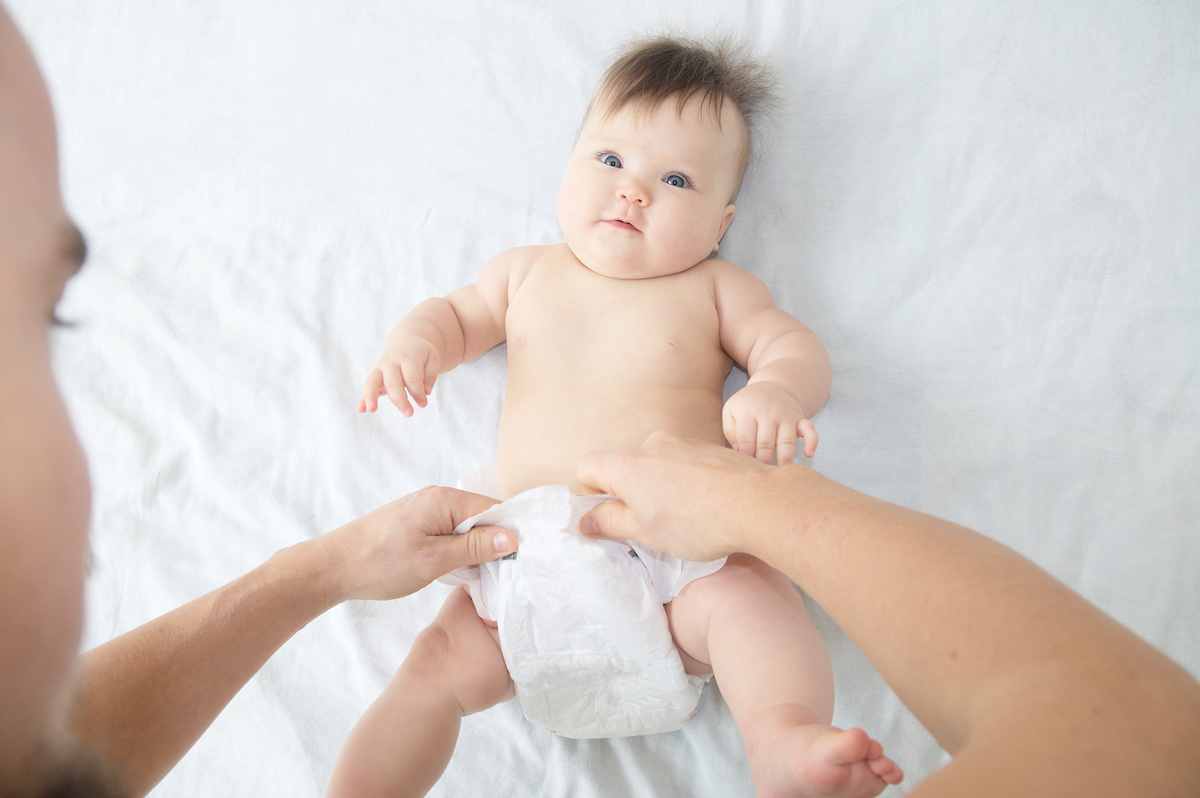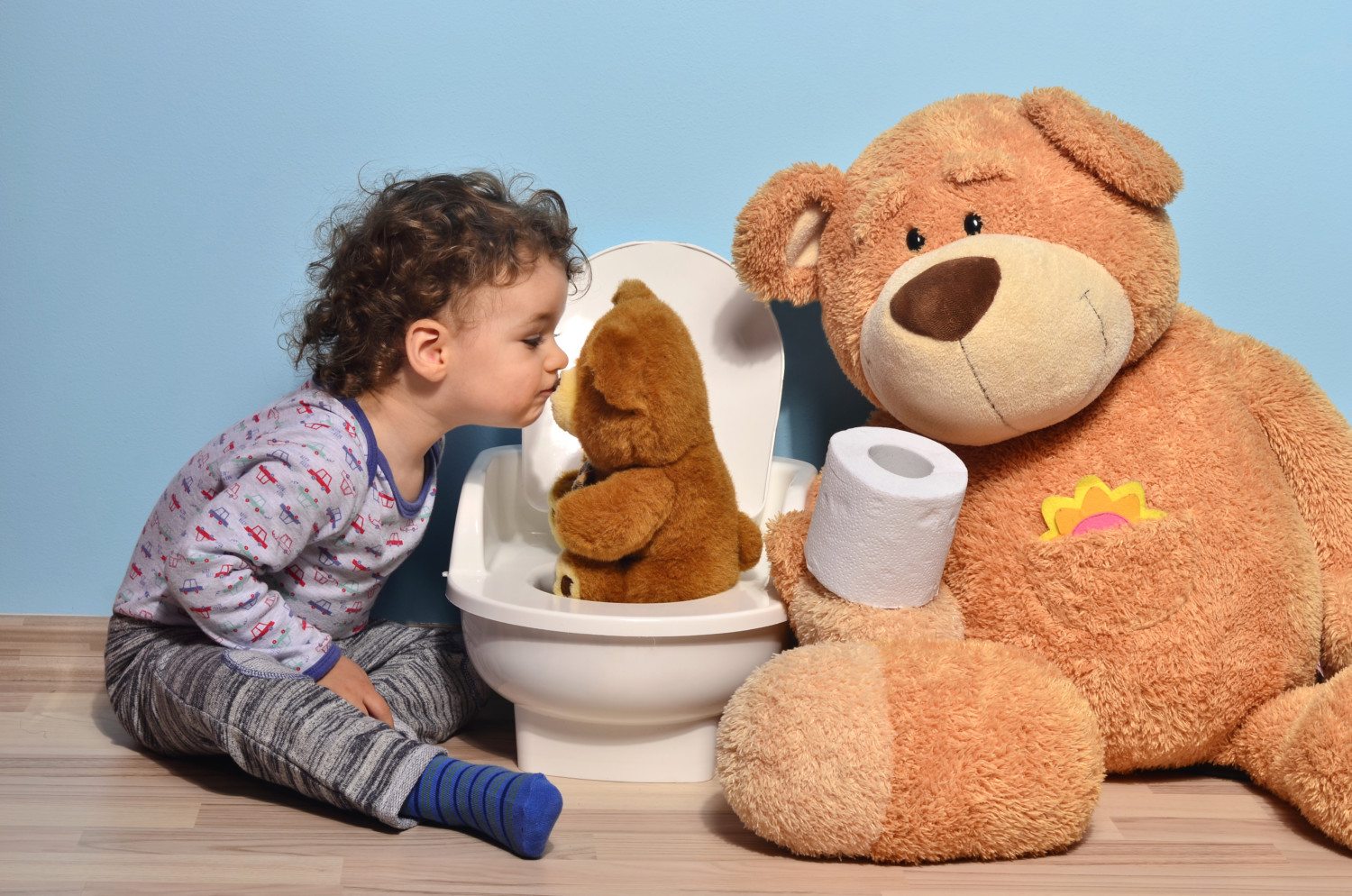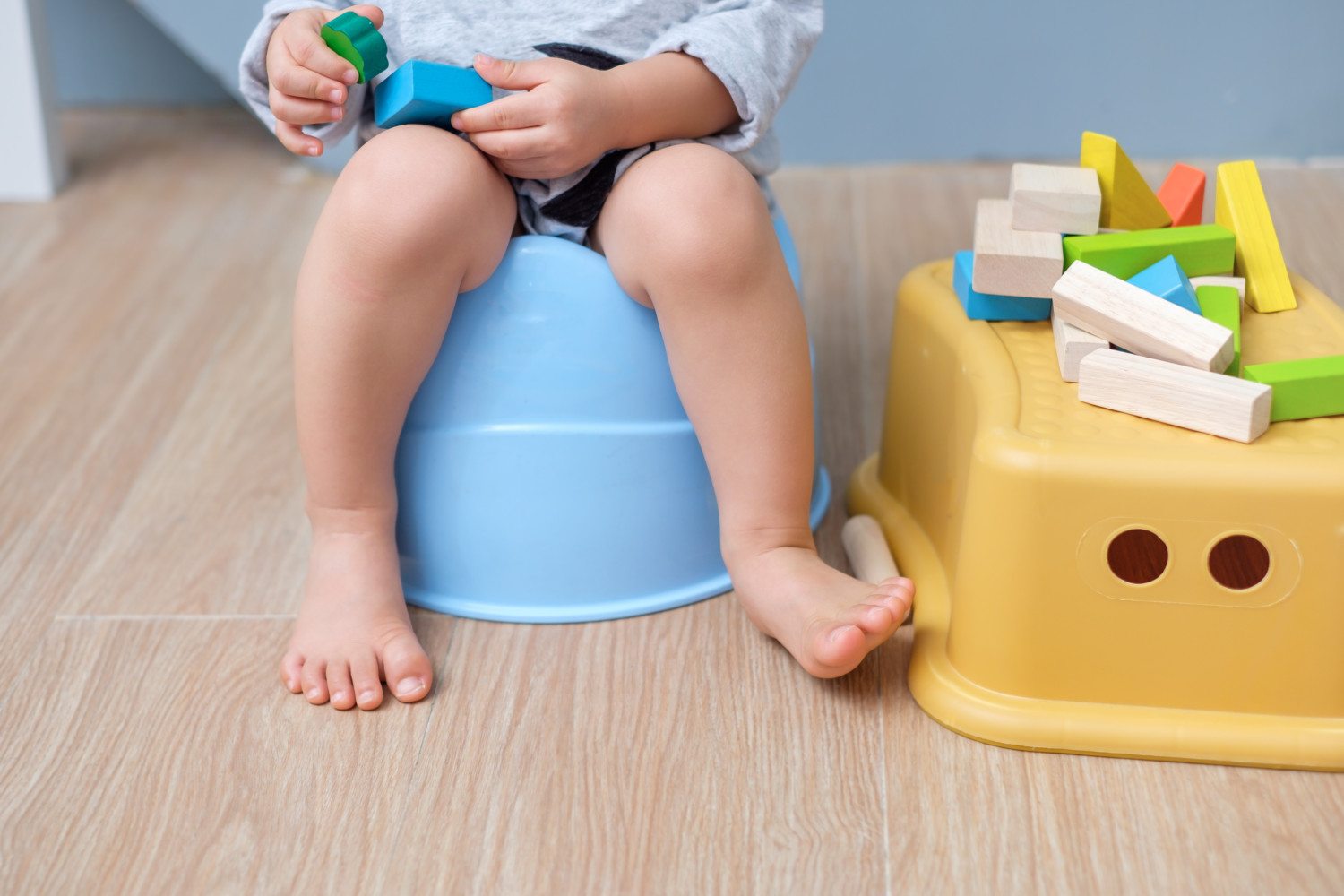Babies are expensive, whichever way you look at it. And supplies like diapers are non-negotiable. According to Flo, the average baby goes through up to 3,000 disposable diapers in their first year alone. The cost of all those diapers can really add up.
But what if diapers weren’t essential?
Your healthcare professional may not have told you about the elimination communication (EC) potty training method, but this diaper-free technique is common in some parts of the world, including Asia, Africa, Latin America and Eastern Europe. One study, published in the Journal of Pediatric Urology in 2013, found that Vietnamese babies who were trained using the EC method were using the toilet by the age of 9 months, and were fully trained by the time they were 2 years old.

In an article on toilet training, the Johns Hopkins Medicine website states that a child younger than 12 months of age has no control over bladder or bowel movements. However, mom-of-five Andrea Olson decided to start EC with her first son as soon as he was born, after reading a book that explained the phenomenon.
“I was handed a small potty and held him over it as I’d seen it done in the book,” Olson wrote on Love What Matters. “He did that first nasty tarry poop in the potty, and I can assure you that I never looked back from that day forward. This was the best thing ever!”
It’s a simple premise: You hold your baby in your arms over the potty or toilet from birth and let them go naturally. And that’s it! Olson regularly shares pictures on her Instagram accounts showing how to do it — click through to learn more.

For many champions of the EC method, it’s not even about saving on the cost of disposable diapers. Rather, a growing number of eco-conscious parents are giving it a try as part of their commitment to reducing waste and avoiding unnecessary use of natural resources. This is one of the reasons actress Alicia Silverstone — who wrote the parenting book “The Kind Mama” and who is passionate about a green lifestyle — used the EC method. She started it with her son Bear Blu when he was 6 months old.
“Just like your baby tells you it needs to eat or it’s tired, they tell you when they need to go to the bathroom,” the “Clueless” star told People in 2014. “They give you cues, but we’re ignoring those cues. If you pay attention, they actually have a pause button and will give you enough time to get to a place that makes it comfortable for them to go. It’s amazing.”

To be clear, life wasn’t completely diaper-free for Olson or Silverstone — their babies wore diapers sometimes, such as at night and during long road trips — but they definitely didn’t go through 3,000 of them in the first year.
What Do The Experts Think?
In a review of literature on the effectiveness of toilet training techniques published in the Canadian Medical Association Journal in 2011, Darcie Kiddoo, MD, a professor in the divisions of pediatric surgery and urology at the University of Alberta, noted that there has not been an adequate amount of scientific research conducted on the EC method.
Instead, most of the literature out there focuses on the child-oriented approaches recommended by the likes of renowned pediatricians T. Berry Brazelton, MD, and Benjamin Spock (better known as Dr. Spock). With these approaches, kids are encouraged to use a potty or toilet only when they are mentally and physically ready to exert bladder and bowel control, and when they show interest in doing so.
Additional research also focuses on the more regimented, parent-focused technique prescribed by Nathan Azrin, Ph.D., and Richard M. Foxx, Ph.D. These doctors developed a method based on repetition, accompanied by lots of praise, as well as verbal disapproval and corrective action when required.

However, Kiddoo concluded that there isn’t enough evidence to recommend one training philosophy over another.
The official line from pediatricians’ groups like the American Academy of Pediatrics (AAP) is that the child-centric approach is preferable, beginning when the child is about 18 months of age and only if they are showing interest in toilet training.
But Olson and other parents who practice EC are proof that things can be done differently. In November 2019, Olson’s 11-month-old daughter used the toilet (with a seat reducer) for the first time, of her own accord.
“She will at least grunt and pretend to go if she doesn’t have to, which is adorable,” Olson wrote on Instagram.
When it comes to toilet training — like all aspects of parenting — you should do what feels right (and safe) for you and your child. If you think that means holding your little one over a potty from birth, Olson’s website is a good place to start.
This story originally appeared on Simplemost. Checkout Simplemost for additional stories.


